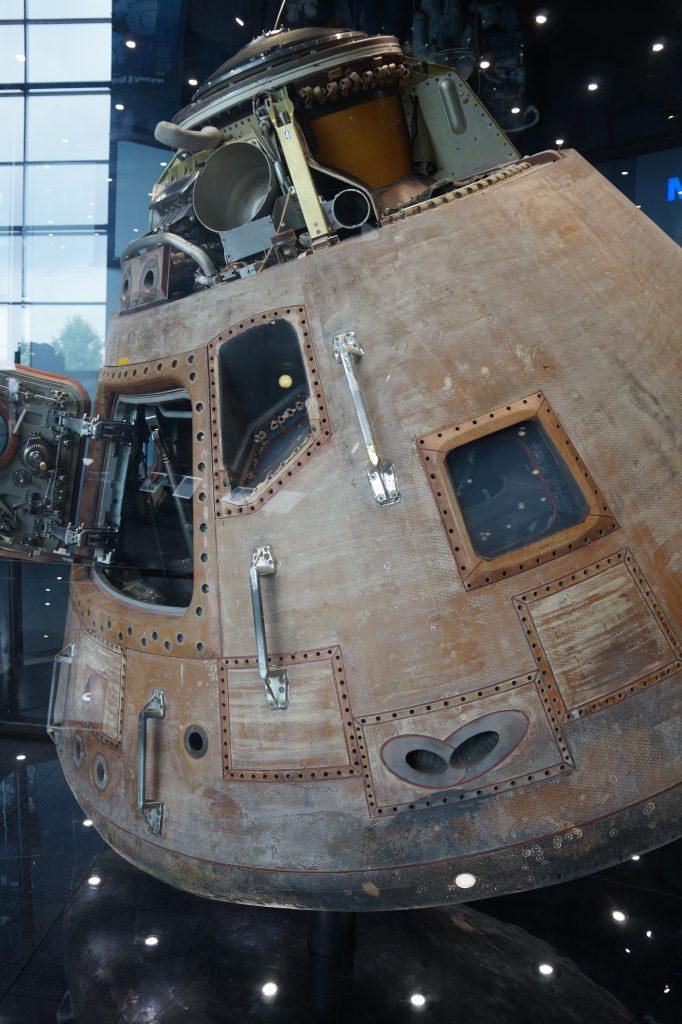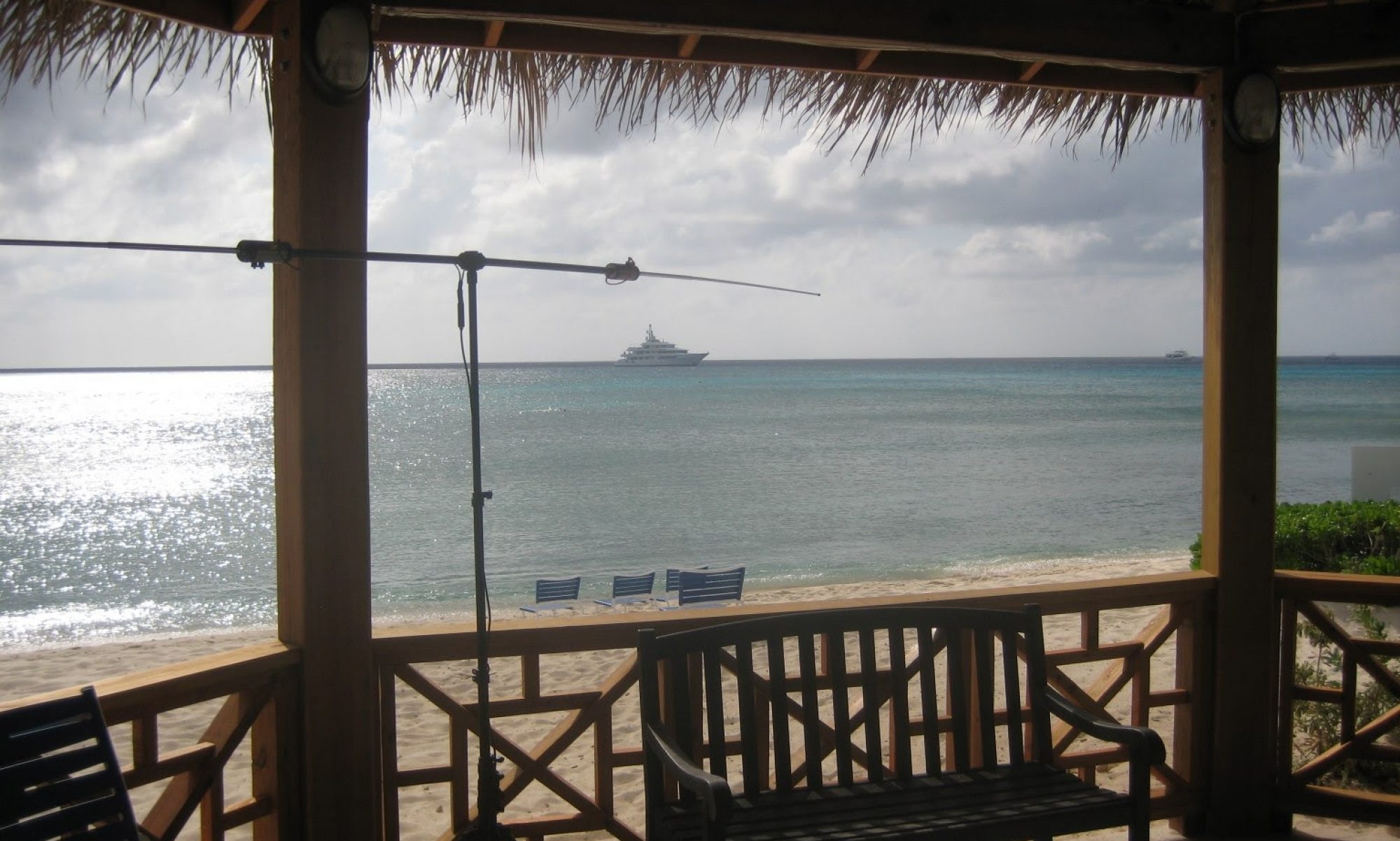Originally published 27-August-22 at 5:00 PM ET
Updated 28-August-22 at 12:25 PM ET

Back in the days of Apollo, hams were listening in to Apollo 11 and other space flights. An article entitled “Lunar Eavesdropping” from the ARRL talks about how a couple of hams listened in on Apollo 11, and outside of getting a 10 second head start on the rest of the world, made it work but didn’t hear anything unique.
Over the last few months I’ve watched as Curious Marc on YouTube, known as AJ6JV in Ham Radio circles, has completely reconstructed signals from the Apollo gear in his basement. It’s been fascinating to understand the “RF Black Arts” as he says, of the really complex ways the capsules and LEM sent back their signals in a multiplexed method of FM and PM data. One thing I noted that this frequency range was around 2.287 GHz, in the “S-Band” frequency range.
NASA has had 50 years to be more sophisticated with it’s communications. It now breaks down comms into their “Near Space Network” which handles the communications around the globe, and the “Deep Space Network” which handles communications beyond earth orbit.
I’ve spend the last few hours going through documents on the NSN from as far back as 2000 and from what I can tell, they still primarily use S-Band frequencies. Here’s an example of frequencies listed in a doc related to Wallops Island, VA – part of the NSN.
11.3M Antenna (WGS 11.3M)
TX 2.025 Ghz to 2.120 GHz
RX 2.220-2.400 GHz (S-Band)
8.025-8.400 GHz (X-Band)
Modes: PM, FM, BPSK, QPSK,
4.7M Antenna (LEO-T)
TX 2.025-2.210 GHz
RX 2.200-2.300 GHz
So, there may be something there to trying to pick up some Artemis 1 or NSN signals while it’s in near Earth orbit on Monday. I do have some omni-directional 2 GHz receive coverage with an SDR. My mission would be to capture anything unique and record it for later analysis, though I expect it to be encrypted, since SpaceX encrypted their telemetry feeds after hams started to listen in.
About 2.5 hours after launch, Artemis 1 will start toward the moon and switch to the DSN according to NASA PR data. (Update: On the 8/27 media conference they mentioned this was right after the TLI event and could be 90 minutes in to the mission) DSN also has S-Band communications but needs to use X-Band or higher at least part of the time according to this JPL document:

X-Band, K and Ka-Bands are out of my range at the moment, but I will be checking in on the S-Band segment from time to time. If I was communicating, I probably wouldn’t be turning radios on and off, but instead looking at simulcasting the streams.
So, lots of fun to be had this week as I begin a look to peek at space comms! If you have something to add or share, hit me up on Twitter @N4BFR or on Facebook.

